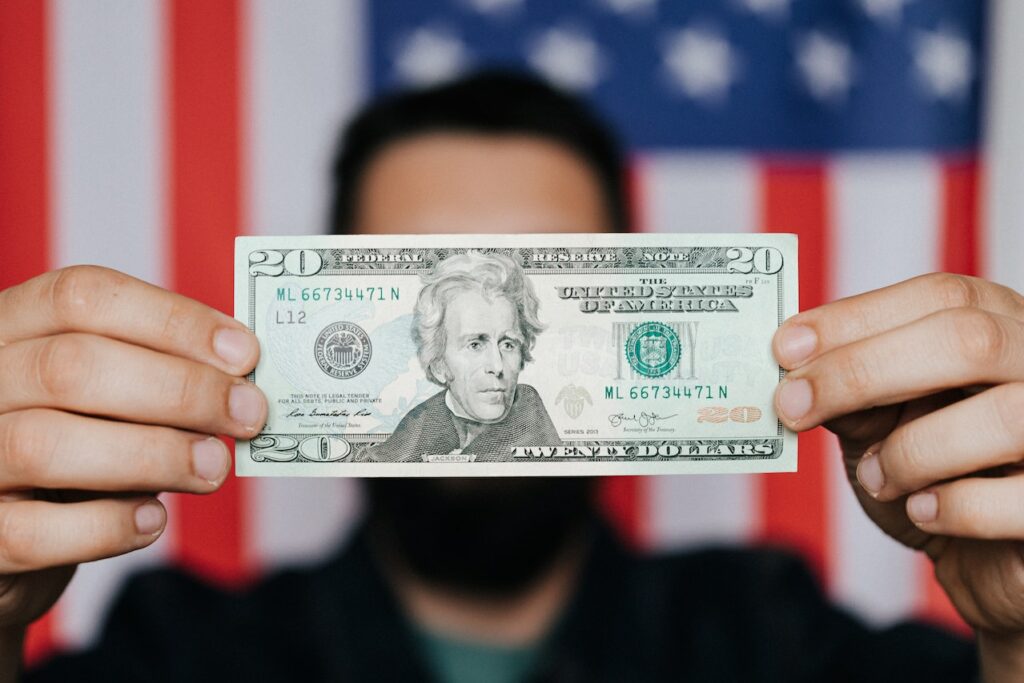Biden’s Student Loan Forgiveness Proposal (All You Need to Know)
Student loan debt is one of the most critical challenges confronting the United States today, with over 45 million Americans already carrying $1.7 trillion in student loan debt. Debt has far-reaching consequences, prohibiting borrowers from obtaining financial stability, acquiring houses, starting companies, or saving for retirement.
In response to this issue, President Joe Biden has presented a plan for student loan forgiveness to help people drowning in debt. This article will examine Biden’s plan for student loan forgiveness and what it may entail for borrowers.
What is Biden’s Student Loan Forgiveness Proposal?
Biden has proposed various measures to address the student loan debt crisis, including expanding income-driven repayment plans, increasing funding for historically black colleges and universities (HBCUs) and other minority-serving institutions, and simplifying the FAFSA application process. However, his plan to provide student loan forgiveness is the most significant proposal.
Who will qualify for student loan forgiveness?

Biden’s student loan forgiveness proposal can benefit a wide range of borrowers who are struggling with student loan debt. The proposal has two main components: automatic forgiveness of $10,000 for all borrowers with federal student loans and up to $50,000 in loan forgiveness for borrowers who attended public colleges or universities and earn less than $125,000 per year.
The automatic forgiveness of $10,000 can immediately relieve millions of borrowers struggling to make their monthly payments. This forgiveness would be applied automatically to borrowers’ outstanding loan balances, meaning borrowers would not have to take action to receive the benefit. This forgiveness would be tax-free, and representing borrowers would not be responsible for paying taxes on the amount forgiven.
Up to $50,000 in loan forgiveness for borrowers who attended public colleges or universities and earned less than $125,000 per year can benefit a significant portion of borrowers. According to the National Center for Education Statistics, 75% of undergraduate students attend public colleges or universities. This forgiveness would be available to borrowers with federal student loans, including Direct Loans, Federal Family Education Loans (FFEL), and Perkins Loans.
The income eligibility requirement of $125,000 annually ensures that the loan forgiveness benefit goes to borrowers most needing relief. According to a National Center for Education Statistics report, the average starting salary for bachelor’s degree recipients in 2019 was $54,836, meaning many borrowers would meet the income eligibility requirement.
Is the student loan forgiveness application open?
There is currently no open application procedure for President Biden’s planned student loan forgiveness program. (April 24th, 2023) This plan, however, is still in its early stages and must be approved by Congress before it can become law.
Existing debt forgiveness schemes for qualified borrowers include Public Service Debt Forgiveness (PSLF) and Teacher Loan Forgiveness, among others. These programs have strict qualifying requirements and require debtors to submit an application in order to be considered for debt forgiveness.
How do I know if my student loan is forgiven?

Your loan servicer or the government that manages your loan should inform you if your student debt has been forgiven. The details should include the discounted loan amount, the cause for the forgiveness, and any resulting tax consequences.
Remembering that debt forgiveness frequently has qualifying conditions, such as working in a particular area or for a certain amount of time, is vital. Please ensure you comply with these standards and have sent your loan servicer or governmental organization the required papers.
You may be eligible even if you haven’t gotten any debt forgiveness notification. In such a situation, you can contact your loan servicer or the government body in charge of your loan to ask about your eligibility and the progress of your debt forgiveness application.
It is critical to realize that not all student loans are eligible for forgiveness, and forgiveness programs can be complicated with varied qualifying requirements. Before requesting debt forgiveness, it’s always a good idea to do your homework, study the tiny language, and seek the opinion of a trustworthy financial adviser or loan counselor.
What Are the Pros and Cons of Biden’s Proposal?

Proponents of Biden’s student loan forgiveness proposal argue that it would provide much-needed relief to millions of borrowers struggling to make payments. They point out that the burden of student loan debt can prevent borrowers from achieving financial stability, purchasing homes, starting businesses, and saving for retirement. Forgiving a portion of student loan debt could help these borrowers get back on track and contribute meaningfully to the economy.
In addition, forgiving student loan debt could positively impact the racial wealth gap. According to a report by the Brookings Institution, Black borrowers are more likely to have student loan debt and tend to owe more than white borrowers. Forgiving student loan debt could help to reduce this disparity and provide a much-needed boost to Black and other minority communities.
Opponents claim the measure would be costly and unjust to taxpayers who did not take out student loans. They further argue that erasing student loan debt will discourage future borrowers from repaying their debts, perhaps leading to more extraordinary tuition expenses. Some initiative opponents have proposed alternatives, such as extending income-based repayment schemes or offering subsidies to low-income students.
What Are the Next Steps for Biden’s Proposal?
Biden’s idea for forgiving student loans has not yet become law, and it is vehemently opposed by Republicans in Congress. However, as part of a larger plan to combat economic injustice and advance financial security for all Americans, Biden has said he will keep pushing for student loan forgiveness.
Borrowers with federal student loans can make headway on their loan amounts by taking advantage of the present suspension of interest and payment obligations. In addition, they can look at additional repayment choices, including income-driven repayment plans, debt consolidation, or loan forgiveness schemes for public sector workers.
Summary
The student loan debt crisis is a complex issue that requires a comprehensive solution. Biden’s proposal to provide student loan forgiveness is a step in the right direction, but it may need to go further for some borrowers burdened by significant debt. However, it does represent an important recognition of the seriousness of the issue and a commitment to finding solutions that can provide relief to those struggling.
Regardless of whether or not Biden’s proposal is enacted into law, borrowers with student loans should be proactive in managing their debt and seeking out resources to help them. This may include exploring repayment options, seeking loan forgiveness programs, and advocating for policies that relieve borrowers.
Ultimately, addressing the student loan debt crisis will require a multifaceted approach that includes not only loan forgiveness but also efforts to reduce the cost of higher education, increase access to grants and scholarships, and promote financial literacy and responsibility among students and their families. While Biden’s proposal may be just one part of this broader effort, it is an important step forward in the ongoing struggle to relieve those burdened by student loan debt. We hope this helps you today!
